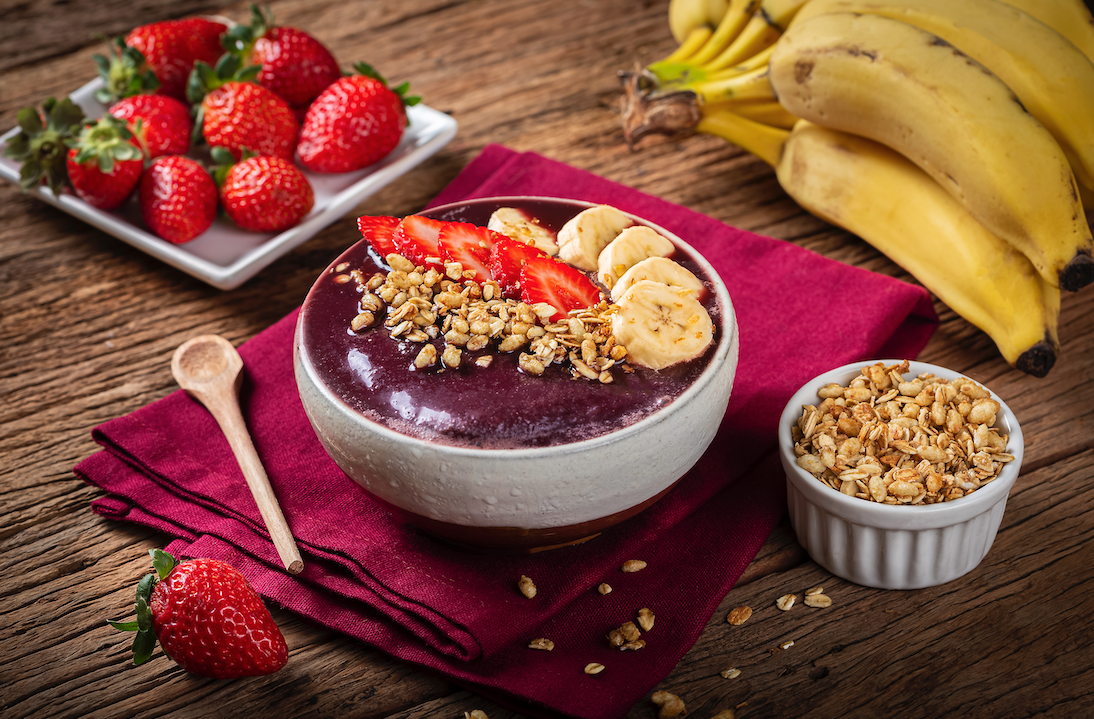
Hawthorn
According to its traditional use, and since it is generally recognized as safe, the Committee for Herbal Medicinal Products of the European Medicines Agency classified hawthorn as a traditional herbal medicinal product.
Usage
Hawthorn berries have impressive health benefits.
Antioxidants
Hawthorn berries are loaded with antioxidants, which is lower risk of some cancers, type 2 diabetes, asthma, some infections.
Anti-aging
One study found that mixture of hawthorn and ginseng extract could prevent signs of aging.
Anti-inflammatory
It may have anti-inflammatory properties.
Blood cholesterol levels
Hawthorn berries may improve blood cholesterol levels, and triglyceride levels.

Ancient Herbal Therapy
This wild plant has been used as a traditional medicine, herbal drug, and food supplement for centuries. According to the holistic and traditional approach, hawthorn leaves and flowers are used to prepare infusions that can be used to control palpitations, tachycardia, and nervousness.
Hawthorn has also been used against hypertension and, before sleeping, for its relaxing and sedative actions.
The berries promote cardiovascular health, protecting from angina, hypertension, heart failure, cardiac arrhythmias, myocarditis, arteriosclerosis, insomnia, and anxiety.
Moreover, the berries are astringents and diuretics and can act against diarrhea, urinary retention, and intestinal cramps. Indigenous people from Latin America use the berries for the preparation of a highly energetic drink called “Pennican”, and, in many parts of the world, the berries are used to prepare jams and as a flavoring for dishes like white meats.
How to add hawthorn to your diet?
Hawthorn Berries Tea
Tea has a mild taste, pleasant, and sweet taste.
Supplement
Comes in the form of a liquid extract, capsule, and powder.
In Celtic mythology, the hawthorn was considered one of the twenty sacred plants.
The plants belong to the family of roses.
they are native to temperate regions in Europe, Asia, North Africa, and North America.
The most well-known species is the European hawthorn, Crataegus monogyna.
About
Hawthorn is a common name of plant species from the genus Crataegus. The plants belong to the family of roses. Depending on the species, they are native to temperate regions in Europe, Asia, North Africa, and North America. The most well-known species is the European hawthorn, Crataegus monogyna.
It often grows along fences and hedges and on the edges of deciduous and coniferous forests, as a medium-sized shrub, while on suitable soil it can grow into a firmly branched tree. Its tree is hard and tough, the young branches are often thorny, the leaves are polymorphic and the flowers are grouped in white or pink inflorescences.
Composition
Dried flowers and leaves contain oligomeric procyanidins (oxyacanthine), cardiotonic amines (trimethylamine), phytosterols, polyphenols, tannins, polysaccharides, triterpenes, vitamins C and E, and essential oil. Hawthorn fruits contain cardiotonic amines, glucosides, oligomeric procyanidins, flavonoids, tannins, saponins, phosphoric acid, mineral salts of potassium, calcium, sodium, and fructose.
The active ingredients of hawthorn have a beneficial effect on the normalization of heart rhythm, and in the case of hypertension or hypotension, they have a beneficial effect on the normalization of blood pressure. In the elderly, after myocarditis or after myocardial infarction, the use of hawthorn helps the recovery of the heart muscle. Hawthorn has a calming effect on the central nervous system, so its use is recommended for increased irritability and insomnia. In folk medicine, the use of hawthorn is recommended for relieving the symptoms of menopause, for fever, for soothing coughs, for relieving pain in urinary tract diseases, and as a sedative for epileptic seizures.
Science
As mentioned, many beneficial properties have been attributed to hawthorn, including anticancer, anti-diabetic, cardioprotective effects, wound healing effect, antimicrobial activity, gastroprotective effects, treatment of metabolic syndrome, anti-aging effects, neuroprotective effects, and antioxidant activity and antidepressant effects.
All of these properties have been scientifically supported by in vitro studies. However, further in vivo research and clinical trials are needed to evaluate the link between the chemical composition of hawthorn, and its mechanism of action in the treatment of various diseases. An emerging direction is suggested by the possible use of nanonutraceuticals, assuring their nutraceutical value at a nano-level, as well as safety and efficacy.
The European Medical Agency, in a monograph dedicated to hawthorn, based on experiences of traditional use, recommends its use for occasional problems in the form of palpitations, stress, and sleep disorders. The monograph states that if the symptoms do not improve during two weeks of regular use of hawthorn, the use should be stopped and a doctor should be consulted for appropriate diagnosis and therapy. Also, in case of swelling of the legs, pain in the chest or neck, difficulty in breathing, the help of a doctor should be sought immediately.
Safety
Due to the lack of data on safety, the European Medical Agency does not recommend the use of hawthorn in children under 12 years of age in case of stress and sleep disorders, as well as in children and adolescents under 18 years of age when it comes to heart problems because such conditions require serious medical supervision and treatment.
Fun Facts
In Europe, the hawthorn tree was used for its alleged anti-vampire powers, especially among the Slavs.
-
Kirakosyan, A., Seymour, E., Kaufman, P. B., Warber, S., Bolling, S., & Chang, S. C. (2003). Antioxidant capacity of polyphenolic extracts from leaves of Crataegus laevigata and Crataegus monogyna (Hawthorn) subjected to drought and cold stress. Journal of agricultural and food chemistry, 51(14), 3973-3976.
Barros, L., Carvalho, A. M., & Ferreira, I. C. (2011). Comparing the composition and bioactivity of Crataegus monogyna flowers and fruits used in folk medicine. Phytochemical analysis, 22(2), 181-188.



